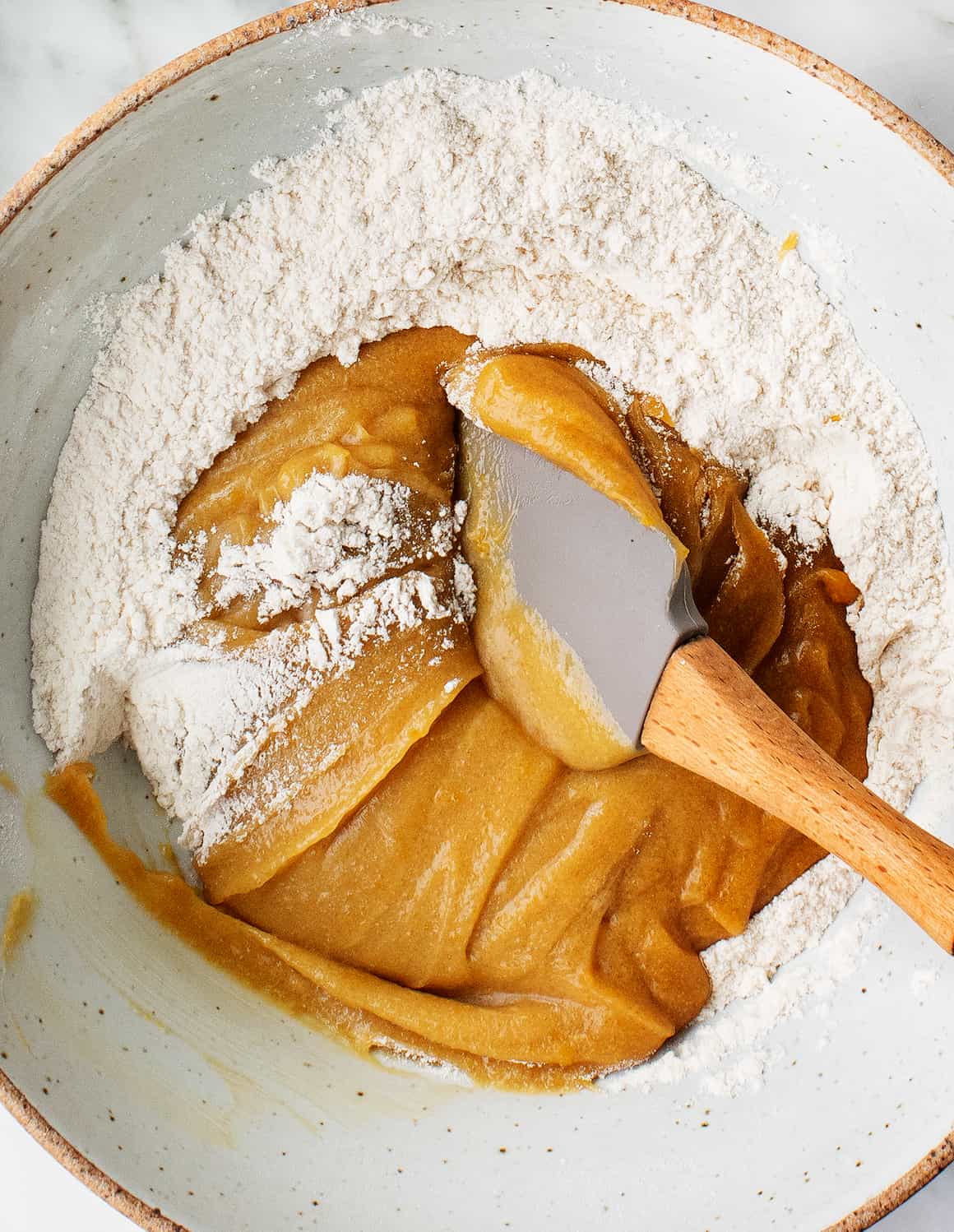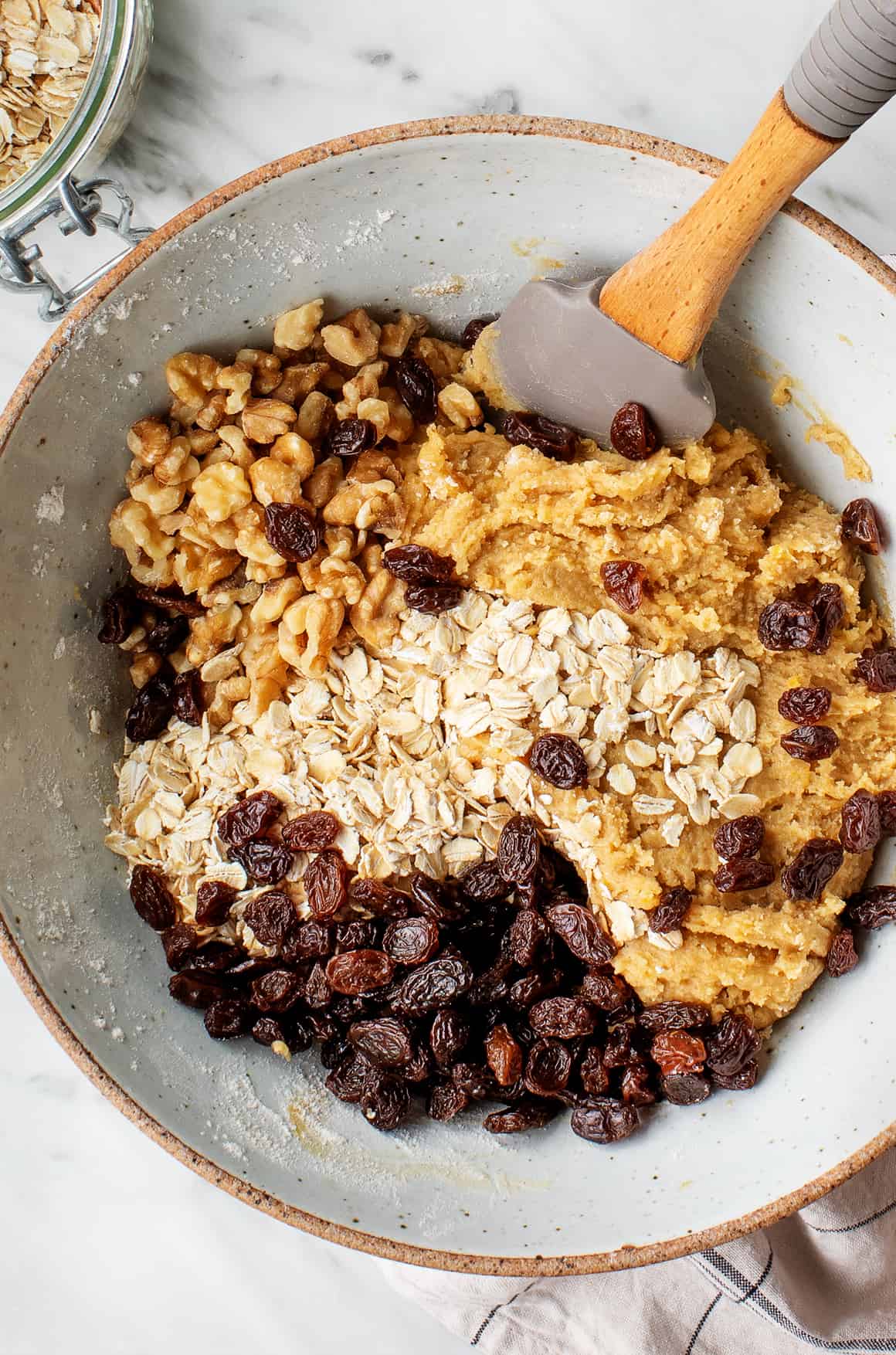1. California-Produced Insulin
Product: Insulin
One of the rare examples of ownership of the means of production of a product in the USA is California’s recent announcement that it will produce its own insulin.
California’s governor Newsom argued that he believed insulin production was too expensive due to insufficient competition in the market. To address this, his government passed a law allowing the government to get involved in the production of insulin with the goal of lowering costs to consumers.
Here, insulin production by the state would reflect socialism if the government would directly own the factories that produce the products.
Likely, the government will do this as a public-private partnership, subcontracting the work to a private company, meaning this may end up in a gray area with public ownership that has privatized elements.
2. Public Water Companies
Product: Water
Up to 75% of water services in the USA are owned and operated by a government entity, employing public servants (Warner, 2009).
A public water company would be considered a socialist program to the extent that it represents the production of a product (a ‘good’) – water – through a collectively-owned company.
Interestingly, public water companies tend to be quite profitable, meaning that they can operate without the need for taxpayers to pay into the industry out of general revenue.
However, this has meant that public water companies have been exposed to privatization risk. One key deterrent for privatization of water, however, is the fact that it tends to be an oligopoly (only one company provides the product), which therefore undermines the key engine of capitalism that keeps costs low – competition.
3. Public Infrastructure
Good or Service: Means of Distribution
Public infrastructure—bridges, roads, electricity, water and sewer systems, and other government infrastructure—is considered socialist. It is usually owned and operated by the government and paid for by a mix of taxation and user fees.
Reliable public infrastructure connects households across the US to higher quality opportunities for education, healthcare, and employment. It also encourages the reduction of greenhouse gasses, clean energy, and public transit, which benefits the public as a whole.
Likewise, public infrastructure increases worker productivity and work hours, which contribute to the nation’s GDP growth. As a result, the socialist project of public infrastructure supports capitalist businesses and helps them to succeed.
4. Fire Protection Services
Good or Service: Fire Protection
Fire protection services and fire departments are socialist programs funded by tax revenue and provided free at the point of use.
People don’t normally get charged for fire services. This is good considering that the US has one of the highest fire rates in the industrialized world, with 12.4 deaths per million population.
There are some exceptions to this rule, of course, such as if you live in an area where fire services aren’t funded through tax revenue. Private fire departments are chargeable, as well.
Generally, though, fire protection services are funded as part of the municipal budget and thus fall under socialism.
5. Public Transportation
Good or Service: Means of Distribution
Public transportation systems, including buses, subways, railway stations, etc., are another great example of socialism in America.
These services are socialist schemes that can’t support themselves without the aid of public taxes. They’re usually publicly owned and funded, and although not always free, many of these services offer free routes and subsidized fares.
Some US cities, like Chapel Hill in North Carolina, Olympia in Washington, and Missoula in Montana, are aiming to make their entire bus networks completely fare-free.
Public transport comes with a ton of community benefits. For one, it greatly reduces road traffic, which results in fewer traffic accidents, decreased congestion, easier parking, and reduced infrastructure wear and tear.
It also allows increased public access for the low-waged and poor, which can benefit those looking for work, business, and social integration. And of course, it reduces air and noise pollution. These advantages are all socialism at play.
6. Police Departments
Good or Service: Public Safety Services
Like firefighting departments, police departments are fully socialized. No one directly pays the police to come out to their house or to patrol the streets. It comes out of general revenue.
Police need to be in public hands because, if we are charged for policing, then social safety would be eroded. People would be afraid to contact the police when in need, and innocent people would have to pay the police for protection.
Furthermore, there is an argument to be made that the police need to remain in public hands so that they are accountable to the public. If they were a private or corporate entity then they would likely operate on a for-profit basis, which would not guarantee equal safety and rights to all.
7. Public Parks
Good or Service: Maintenance of Public Recreation Spaces
Public parks belong to everyone. They are usually free to get into, although increasingly pay per use is being instituted to recuperate costs and minimize land erosion.
Nevertheless, they have the features of socialism because they’re kept in the hands of the government to ensure access for all and to protect them from capitalists who might cut down trees and exploit the land for profit.
The United States has a proud history of parks. It is the first nation to ever create a national park, and it has some of the most beautiful parks in the world. Examples include Yellowstone National Park and Glacier National Park, both of which are home to endangered and rare fauna and flora.
8. Public Schools
Good or Service: Education
Public schools, universities, and community colleges are another form of socialism in the US.
Under public schooling, the US government operates and facilitates the provision of education in the country. These schools often fall under government property and are thus paid for with government funds through taxes.
Currently, there are around 130,900 public schools in the US, including 6,000+ primary schools and 30,000+ secondary schools. Enrollment has reached 50 million students as of 2022.
Almost every state in the US has some form of the public school system, which aims to provide free education to a child of all ages, races, and household situations. They aren’t as polished as private schools, but they provide basic education and learning opportunities for the less fortunate.
State-run universities and colleges aren’t tuition-free but are much cheaper than private colleges. Private college tuition costs an average of $35,000 a year, whereas public colleges cost $3,000 a year. The reduced tuition costs are greatly advantageous for the working class.
9. Postal Service
Good or Service: Mail Delivery
The US Postal Service, also known as the USPS, the Post Office, US Mail, or simply Postal Service, is a government-run service that’s responsible for accepting and distributing postal services within the country.
The USPS isn’t directly funded by the government; it relies on revenues from stamps, postage, and other service fees to cover operating expenses.
However, the USPS occasionally borrows tax money to offset some of its losses, like when it borrowed $8.64 billion for COVID-19 assistance. Congress also provides the Postal Service $100 million a year to compensate for free mailing privileges of blind and overseas voters.
10. Medicare/Medicaid
Good or Service: Health Insurance
Medicare and Medicaid may be considered government-run socialist healthcare programs. They help cover the medical costs for individuals with limited income.
Individuals with an income of less than $13,000 and families with an income of less than $27,750 can qualify for Medicaid.
Medicare is an insurance program, whereas Medicaid is an assistance program.
People with Medicare pay part of hospital costs through deductibles based on the age of the patient, regardless of their income.
On the other hand, Medicaid provides health coverage for people with low income.
Medicare and Medicaid aren’t mandatory but recommended—especially for those with a low-income household or 65 years or older.
As of 2021, the total enrollment of Medicaid and Medicare is 75 million and 63 million respectively.
Socialized Services
The following two examples I think are dubious, but may reflect elements of socialism
11. Social SecurityGood or Service: Health Insurance and Living StipendsSigned into law by former President Roosevelt in 1935, the Social Security Act replaces a percentage of a worker’s pre-retirement income based on his/her lifetime earnings. It also ensures access to health care for the unemployed, the disabled, the sick, and the retired among others.Social Security provides for the material needs of individuals and families, giving children the chance to grow up healthy and secure. It also protects disabled and aged individuals against the expenses of illness that can be detrimental to their savings. These principles reflect a socialist political worldview.Social Security is mandatory in the United States. There’s no legal way to opt out of Social Security taxes unless you’re a member of a group that’s already exempt by the government. This includes non-immigrant and non-resident aliens, self-employed workers who make less than $400 annually, and members of certain religious groups.
12. Military
Good or Service: DefenseThe US military is a socialist organization – in fact, it’s one of the biggest government-owned and operated employers in the world.Like fire departments and public infrastructure, the military is controlled and maintained by the state rather than private or affluent individuals. It’s an organization that provides services for the common good; for the protection of the people and the state.According to the National Priorities Project, of every dollar taxpayers pay in income taxes, roughly 24¢ goes to the military. This means that around 20% of the federal budget is dedicated to the country’s defense and security.







.jpg)

























